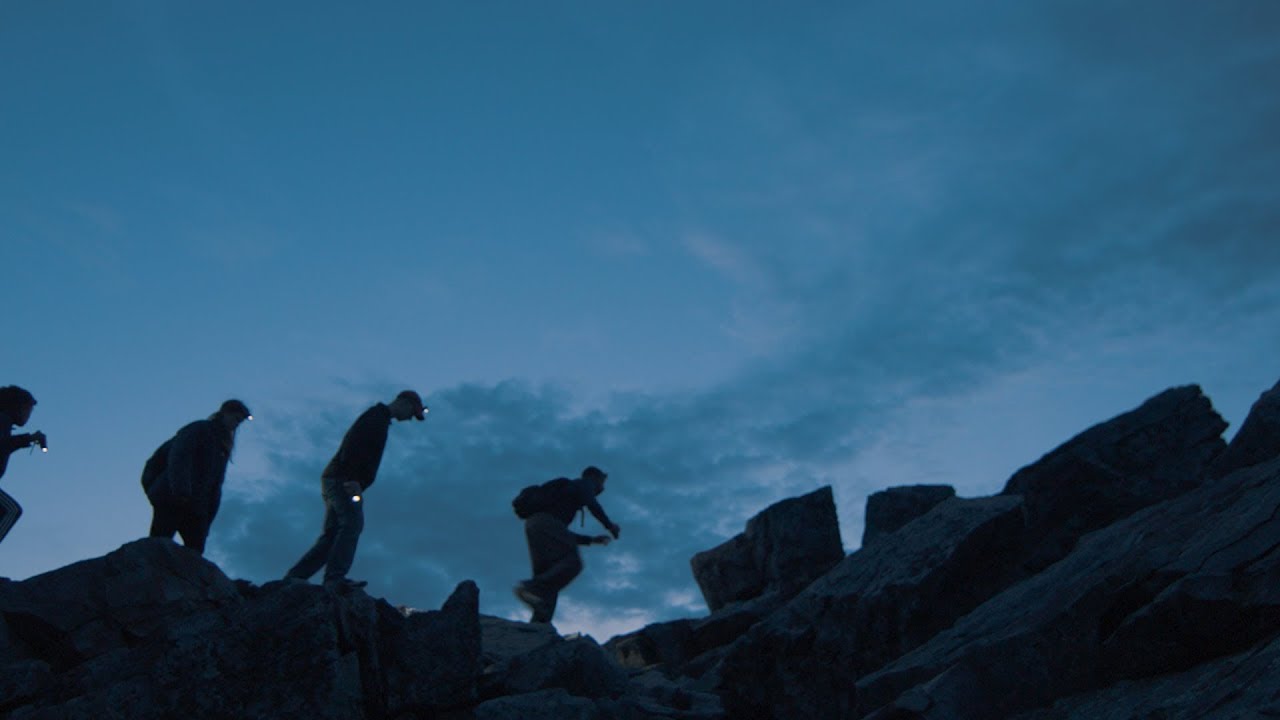As a research pioneer, the University of Virginia prides itself on going beyond boundaries and being unafraid to fail.
In the video above, UVA takes a look at some of the major projects on Grounds that are driving the school’s constant quest for discovery.
Among the groundbreaking endeavors depicted is a mission to cure diabetes; the creation of a one-of-a-kind astronomical instrument; and cutting-edge analysis on what the future of automobiles will look like, sans drivers.
Defeating Diabetes
With $17 million from the Board of Visitors’ Strategic Investment Fund, UVA’s School of Medicine is leading a three-pronged approach to detect, control and eventually cure Type I diabetes. At the heart of the mission is Boris Kovatchev. The director of UVA’s Center for Diabetes Technology is helping develop a smartphone that can serve as an artificial pancreas, using algorithms to monitor and regulate blood glucose levels.
From Charlottesville to Chile
UVA professors Steven Majewski and Michael Skrutskie, along with UVA instrument scientist John Wilson, spent more than two years building a two-ton instrument known as APOGEE-South, an infrared-sensitive spectrograph that allows astronomers to see stars at the farthest reaches of our galaxy. The group traveled to Chile last January to oversee the installation of the device, which was built as a Southern Hemisphere complement to an instrument they had built years before for the Apache Point Observatory in New Mexico.
A Driverless Future
At UVA, assistant professor of urban and environmental planning Andrew Mondschein and assistant professor of civil and environmental engineering Donna Chen are two of several professors studying how driverless cars could impact everything from the design of our cities and roadways to the quality of our environment.
Media Contact
Article Information
December 22, 2017
/content/video-inside-some-uvas-groundbreaking-research-projects

